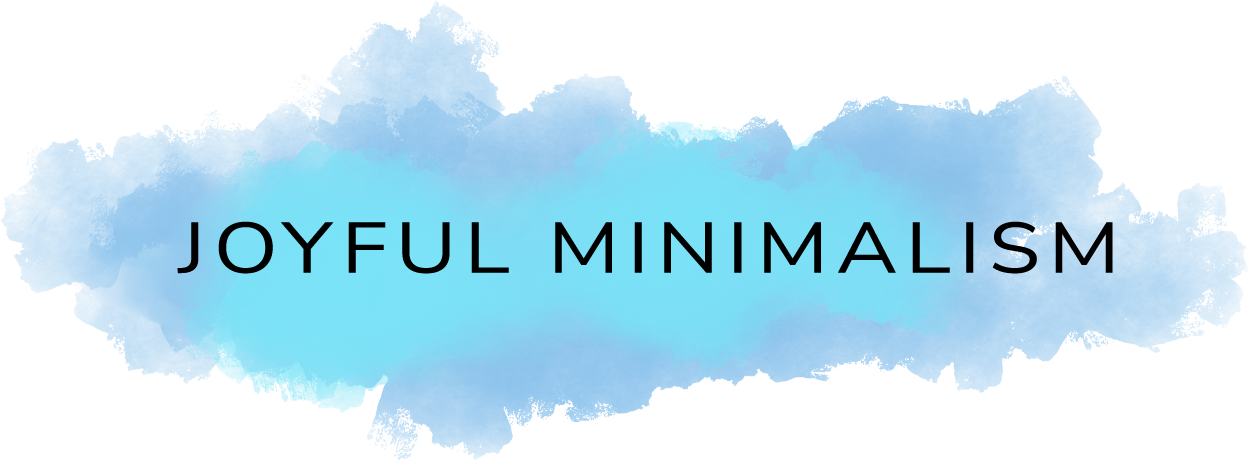Want to Learn About Minimalism? First, Find Your ‘Why’
Minimalism is about living with intention, not excess. It’s about clearing the clutter to see what’s important in life and what’s not. It’s about trusting that you don’t need more stuff to be happy.
Minimalism doesn’t require you to live in a tiny house or give away all your things. In fact, minimalism is less about how much you own and more about how you think and feel about the things that you own.
Reducing the number of physical things in your life doesn’t have to be an overwhelming process — especially if you know the reason why you want to do it. Understanding your personal motivations behind embracing a simpler lifestyle will help guide your decisions along the way.
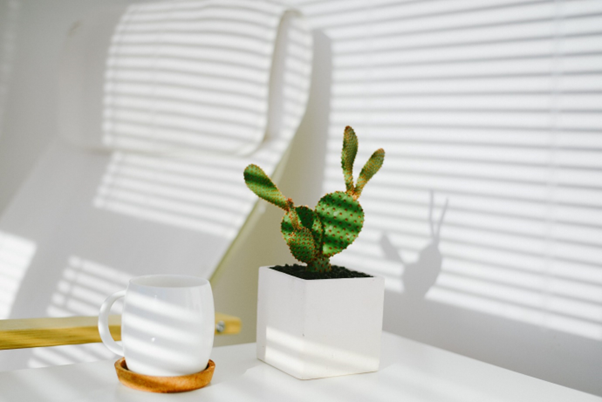
Embrace the joy of less in order to have more
People often think that by embracing minimalism, they’re giving up many of life’s luxuries. But it’s quite the opposite. By prioritizing what is important to you and removing the things that get in the way of that, you free up time, energy and room in your life to focus on what you really want to do. Once you’re living with less, you have the opportunity to pursue your passions, learn new things, strengthen relationships and create a life that makes you deeply happy. This extends beyond your home, too. You’re less likely to get caught up in what others think of you if you have less financial pressure, time constraints and social expectations. Minimalism will give you the freedom to live the life you want without feeling the need to keep up with the Joneses.
More space
If you live in a small space that can’t be extended, what’s the simplest way to create more room? Get rid of a couple of big items. The more things you have in a room, the smaller it will feel. Boxes, bookcases, racks of clothes, tools, toys and electronics can all contribute to making a room feel claustrophobic and cluttered. Removing just few things can make the space feel more open and make it easier to live in.
More time
One of the biggest benefits of minimalism is that it gives you more time. By reducing the number of physical things in your life, you’ll spend less time cleaning, organizing and maintaining those items. Less time spent doing things like housework and repairs can give you more time to do the things you really want to do. Minimalism can also help you find more time for your passions, your loved ones and yourself.
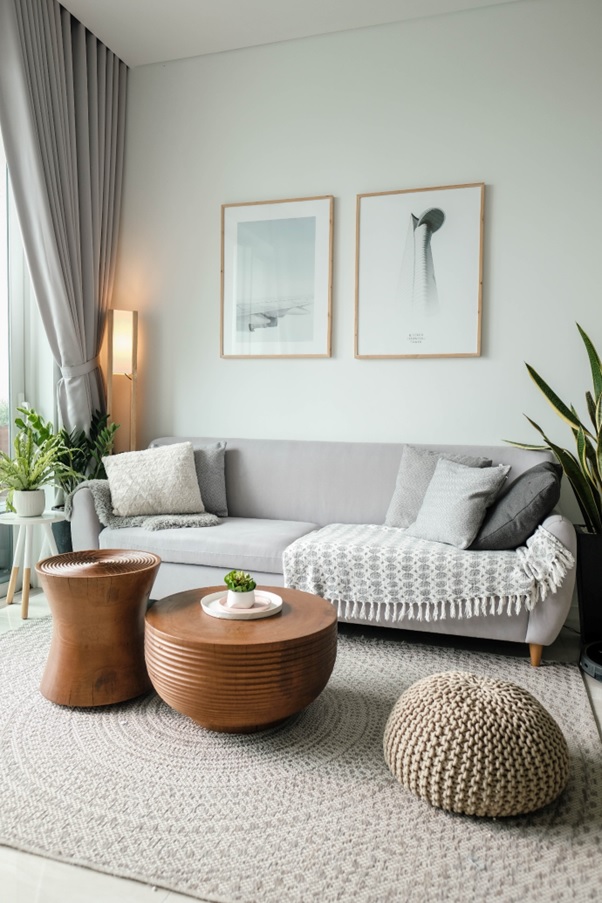
More money
One of the biggest benefits of minimalism is that it can help you reduce your expenses. How? In the simplest form, by helping you buy fewer things. By reducing the amount of stuff you have, you’ll have less to clean and maintain, which will save you time and money. Minimalism can also help you earn more; if you’re able to devote more time to your career or side hustle, you’ll have more opportunities to make more money. If you’re more present and able to focus, you’ll be more likely to succeed, too.
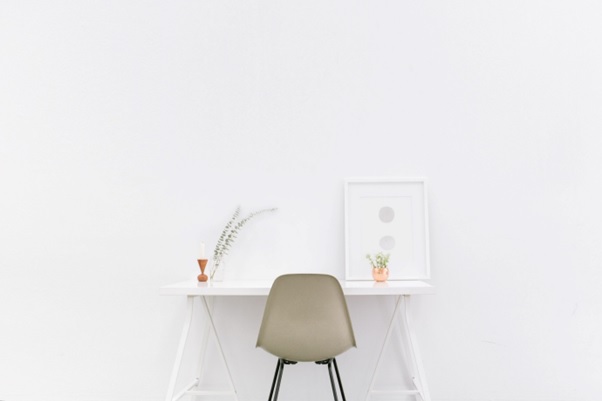
More sustainable
Minimalism is about more than just reducing your belongings. It’s also about reducing your impact on the environment. By owning fewer items, you’ll produce less waste, which will reduce your carbon footprint. You may not think about this when decluttering, but even small things, like paper towels and plastic grocery bags, have a negative impact on the environment. Owning fewer items means you’ll need to replace them less frequently, which can reduce your impact on the environment even more. You’ll also have more money in your wallet to invest in more eco-friendly and sustainable products.
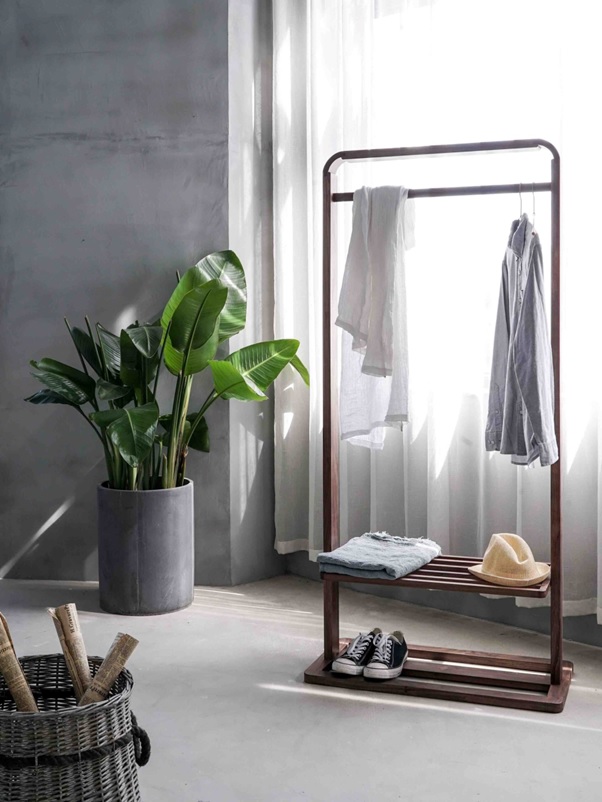
More freedom
Minimalism isn’t just about decluttering your home. It’s also about decluttering your mind. By removing the things that are weighing you down, you give yourself more freedom.
Minimalism is all about living with less: less stuff, less time spent cleaning and organising, less money spent on repairs, lower environmental impact and less stress. The benefits of minimalism extend beyond these things, though. By embracing a simpler lifestyle, you have the freedom and time to focus on what truly matters.
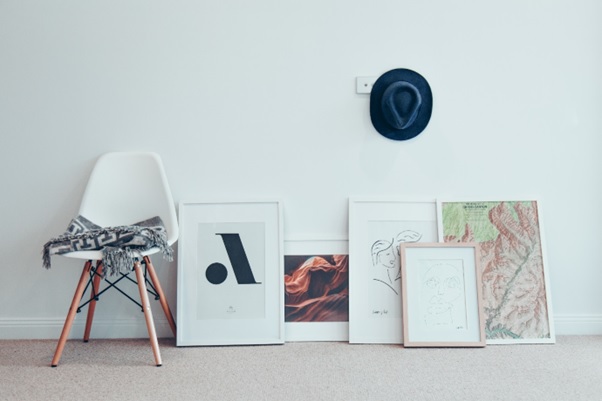
Now you know how to get started, think about where to get started. For some location-specific guidance, check out the Joyful Minimalism Step by Step guides to tidying your kitchen, your desk or your fridge.
